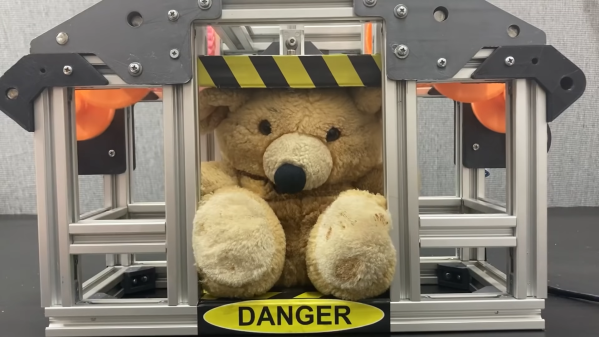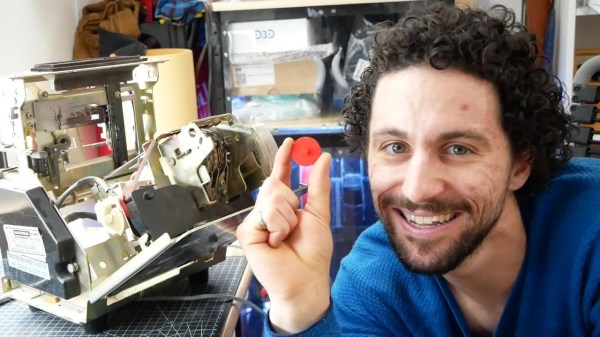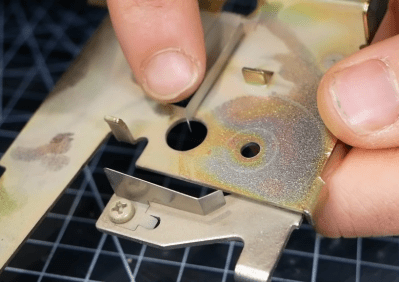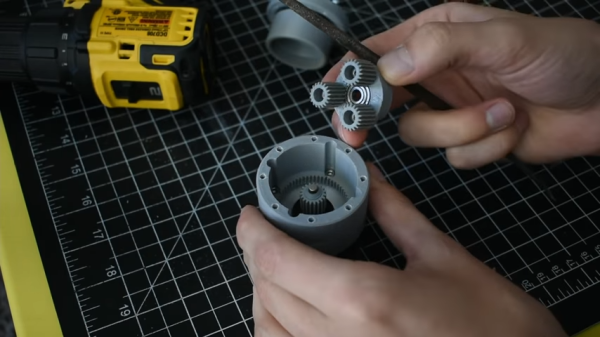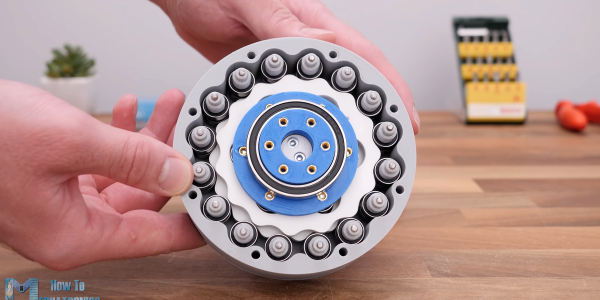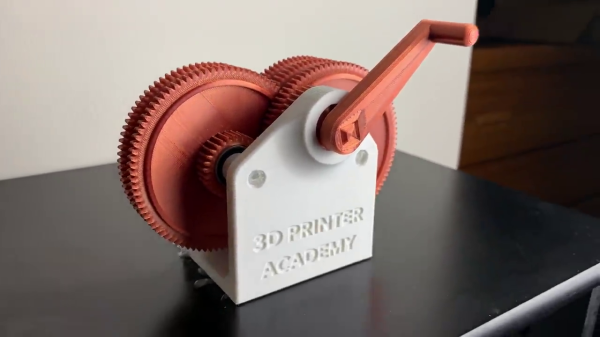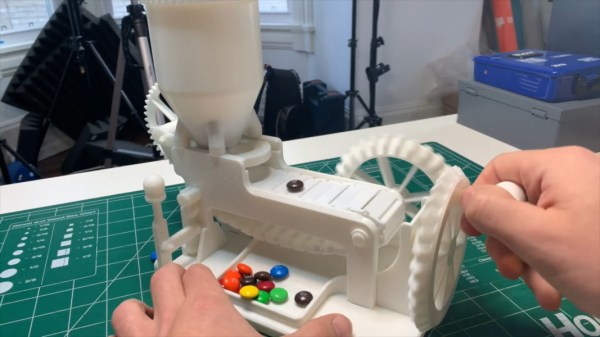A press is a useful thing to have, whether you like destroying stuff or you simply want to properly install some bearings. [Retsetman] decided to build one from scratch, eschewing the typical hydraulic method for a geared design instead.
The benefit of going with a gear press design is that [Retsetman] was able to 3D print the required gears himself. The design uses a series of herringbone gears to step down the output of two brushed DC motors. This is then turned into linear motion via a rack and pinion setup. Naturally, the strength of the gears and rack is key to the performance of the press. As you might expect, a fair few of the printed gears suffered failures during the development process.
The final press is demonstrated by smooshing various objects, in true YouTube style. It’s not really able to destroy stuff like a proper hydraulic press, but it can kind of crush a can and amusingly squash a teddy bear. If you’re really keen on making a gear press, though, you’re probably best served by going with a metal geartrain. Video after the break.
Continue reading “3D-Printed Gear Press Can Squash Stuff, Kinda”

